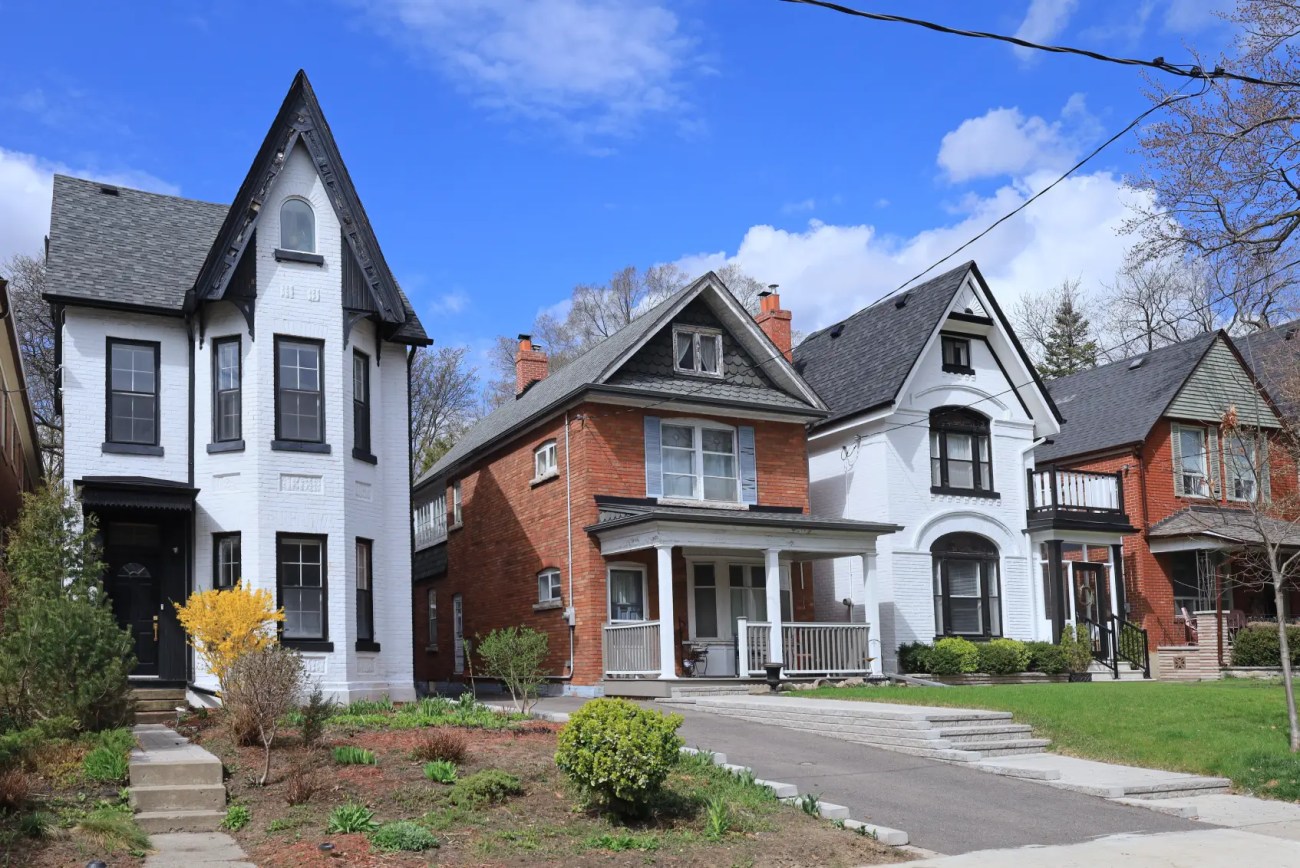Knowing how to find out when a house was built can be a useful piece of intel for homebuyers and owners. Not only does the construction date provide a historical and stylistic context of the home, but from a practical perspective it can also help you to anticipate maintenance requirements and repairs or renovations that may be required in the future.
How to find the age of a house as you search
Finding out when a home was built during the search phase can be as simple as looking at the highlights on the listing. But when the year built is not revealed on the listing there are multiple other ways of determining the home’s age.
That’s because in order to list a home for sale on the multiple listing services (MLS), sellers’ agents must first complete a property disclosure statement (PDS). The PDS details information about the home, often including its age. Buyers and their agents are entitled to, and should, review the PDS to find out how old the house is and to gain insight into any potential issues with the home.
For homebuyers in Ontario, where the age of the home may not be revealed on the listing or the disclosure statement, the alternative is to ask the seller’s agent directly. You can also refer to the Ontario Land Registry Access online portal, which can provide access to official property-related and land information for homes in the province.
How to find the age of a house by its architectural style
As you browse older homes you may notice particular architectural features that are indicative of the style and, oftentimes, the era in which they were built. In most Canadian towns and cities, you’ll find a handful of architectural styles, which are easily identifiable when you know what to look out for, and they will help you find out when a house was built. In fact, if you find yourself drawn to homes of a particular style, you may find that helps you narrow your search to certain areas or neighbourhoods.
Georgian homes, built in the 18th and early 19th century, are the classic symmetrical, box-like homes with columns on the outside and rows of five bay windows with multiple panes on the front of the house.
By contrast, homes built between 1840 and the end of the 19th century, are often reflective of the Gothic Revival popularized at the time. These homes are intricately shaped with accents such as turrets. They are typically adorned with lots of decorative woodwork along the roofline. Look out for pointed arches above windows and doors and the use of multiple materials and colours on the home’s buildingwork.
On the back of the Gothic Revival, in the late 19th century through to the 1930s, came Queen Anne style homes. This style is characterized by lots of decorative detail, such as stained glass, intricate spindlework and patterned masonry. The homes are often painted in bright colours and feature wrap-around porches.
For homes built from the 20th century to the present day, you’ll find a Modernist style, with a more streamlined look and without the detail or romanticism of the previous decades. An example of this look would be the Art Deco style of the 1920’s.
While understanding the architectural style won’t provide you with an exact date of when a home was built, it can be interesting to understand the historical and stylistic context of a home. You can then choose a home that fits more naturally with your personal taste.
How to find the age of a house with an inspection
Beyond your own insights based on a property’s condition, a professional inspection can provide an in-depth report of the home, including its age and any details of its construction that may impact the building’s integrity.
The professional inspection will often reveal the building materials used in the home’s construction, such as the type of foundation, roofing material and siding. It could also flag any older parts of the building and indicate the timeline within which they may need to be repaired or replaced.
It may even be the case that the inspector can highlight typical issues with specific styles of home, based on when they are built.
Other resources
In addition to the tactics outlined above, there are also a number of other resources that could allow you to find out when a house was built, along with useful information about the property’s history.
By going online to your municipality directory, you can search for public housing records, where you can often find out the year of construction, as well as, details about the home’s title history, past ownership and historical information.
If this is proving difficult to find online, you can also contact your town or city hall directly and request access to the physical documents in person. You may be able to get your hands on the original building permit, which would reveal the home’s age.
When was my house built?
If you’re already a homeowner and you’re still trying to find out when your house was built, your first step should be to check your property deed, as it’s usually on there. Failing that, you can ask your neighbours and then make an educated assumption. The development pattern in cities like Toronto means that neighborhoods were often built at the same time and so if you can identify when one home was built it will give you a good idea of when yours was.
Find the support you need
Wherever you are on your home journey, Houseful is here to help you make your next move. Discover what you’re looking for with a personalized home search experience, access expert professional support with our network of agents and financial advisors from RBC, and find guidance resources on our blog, Reading Room.




